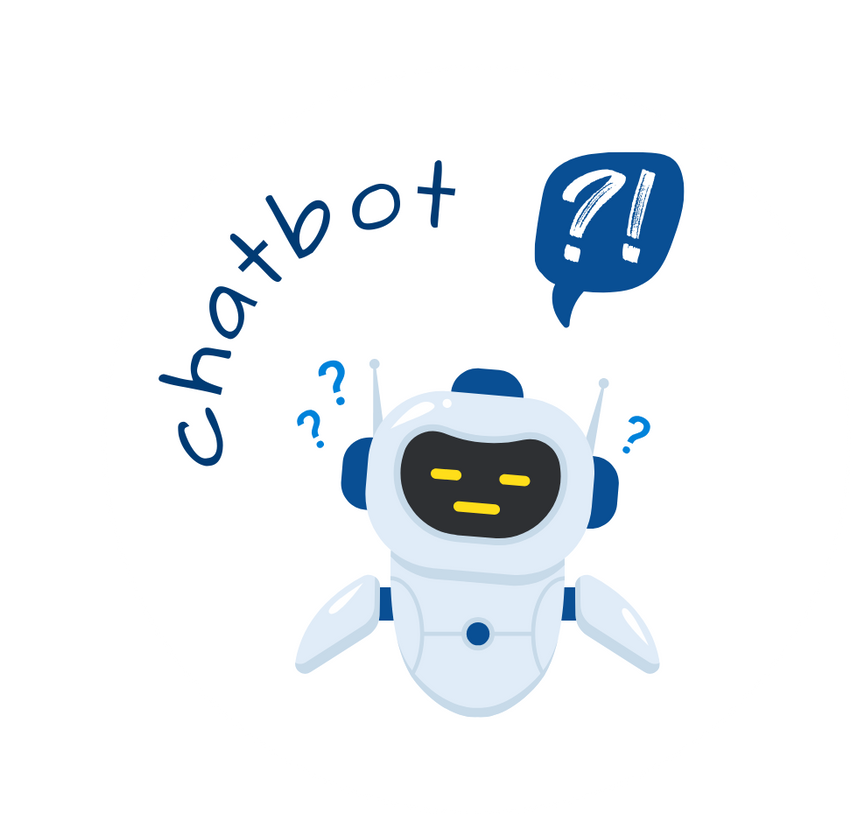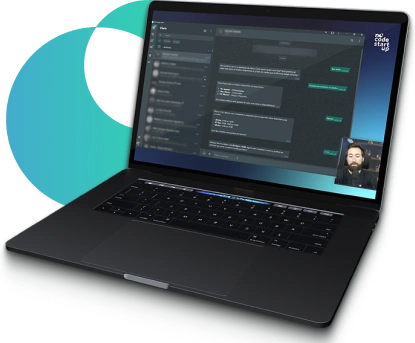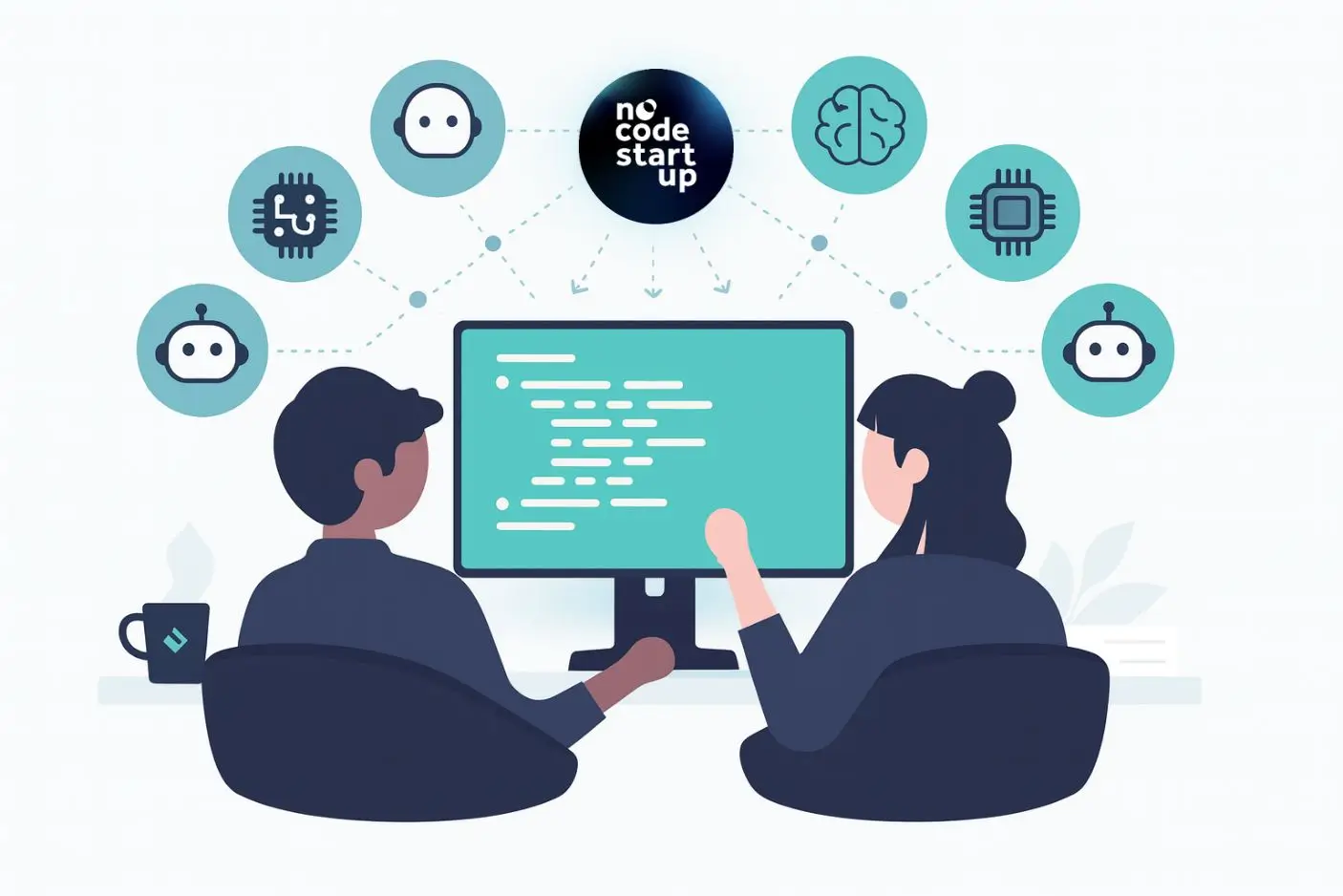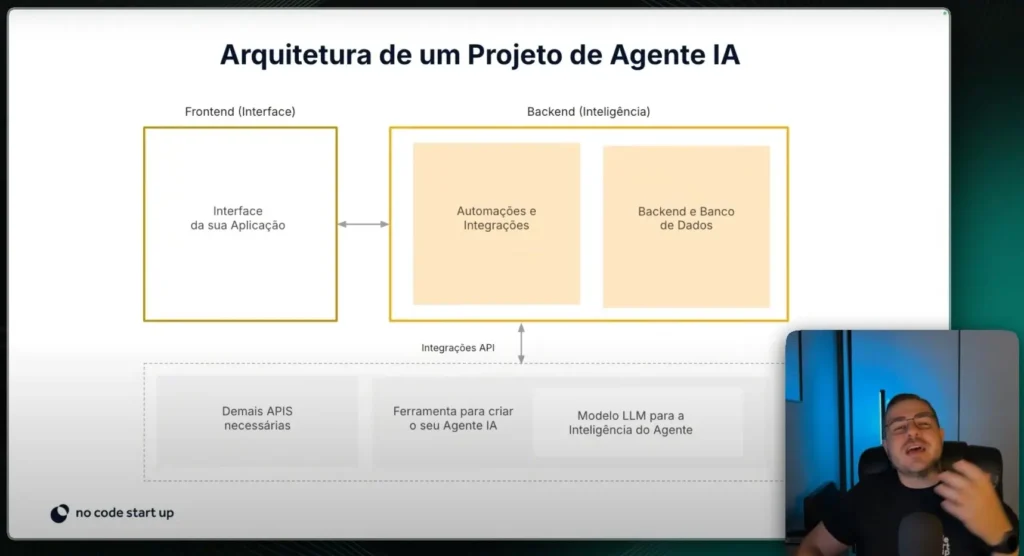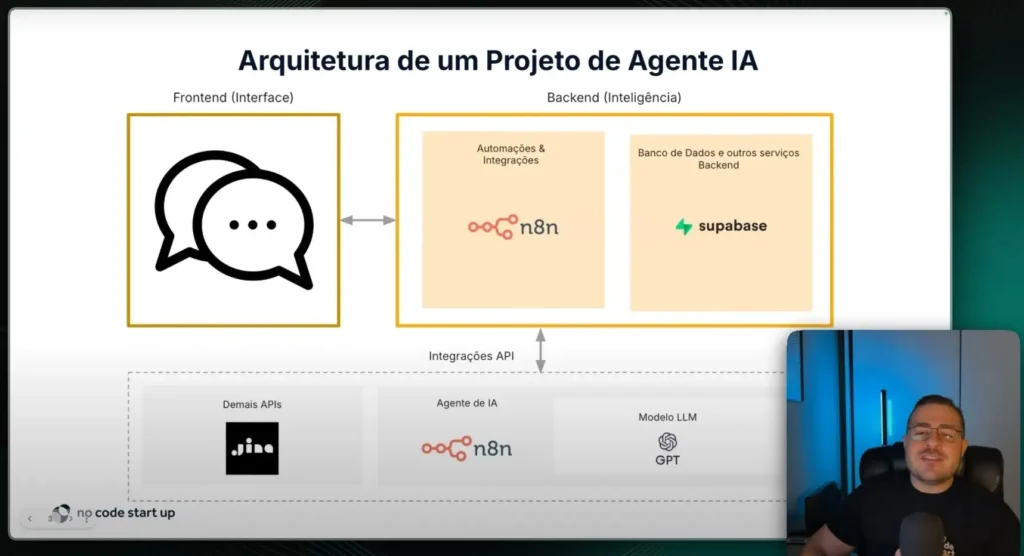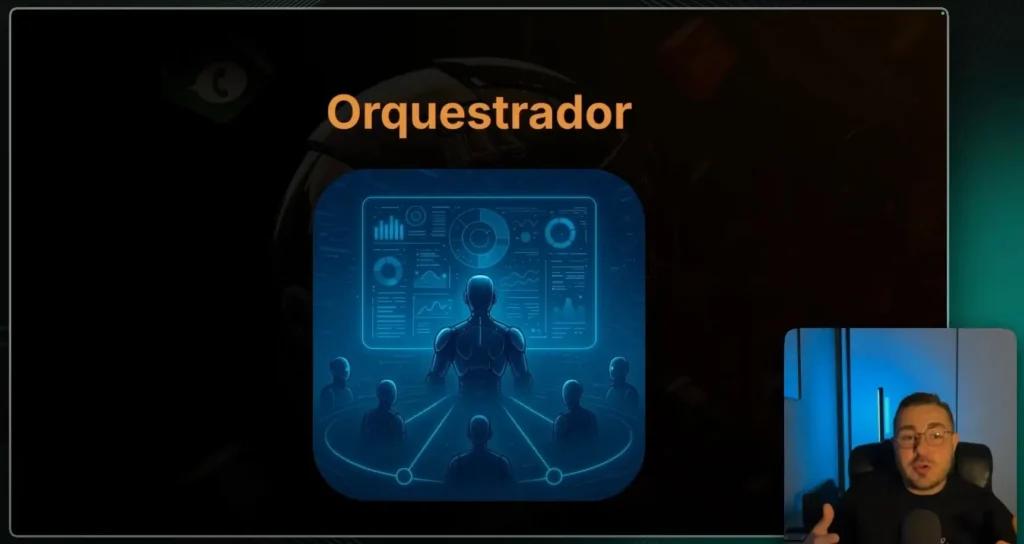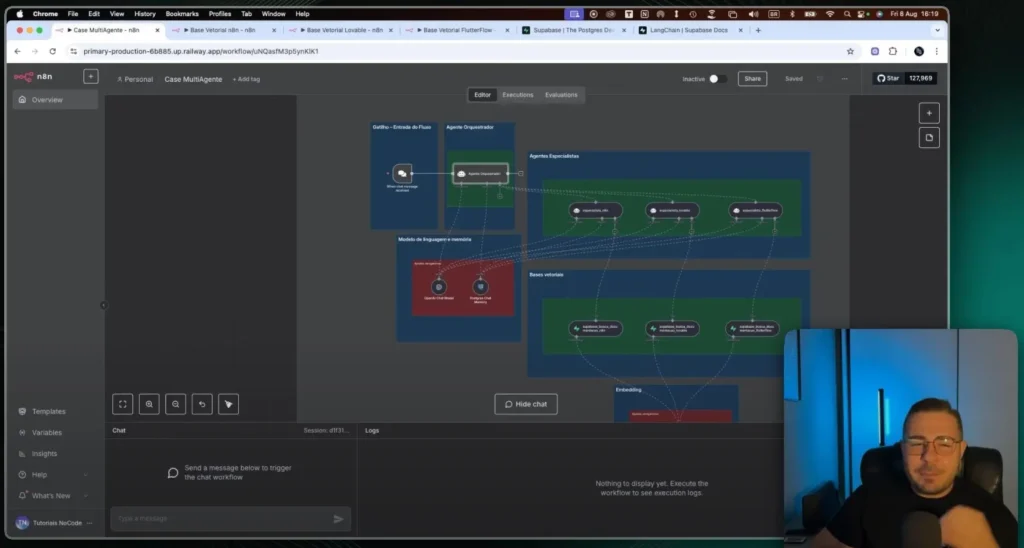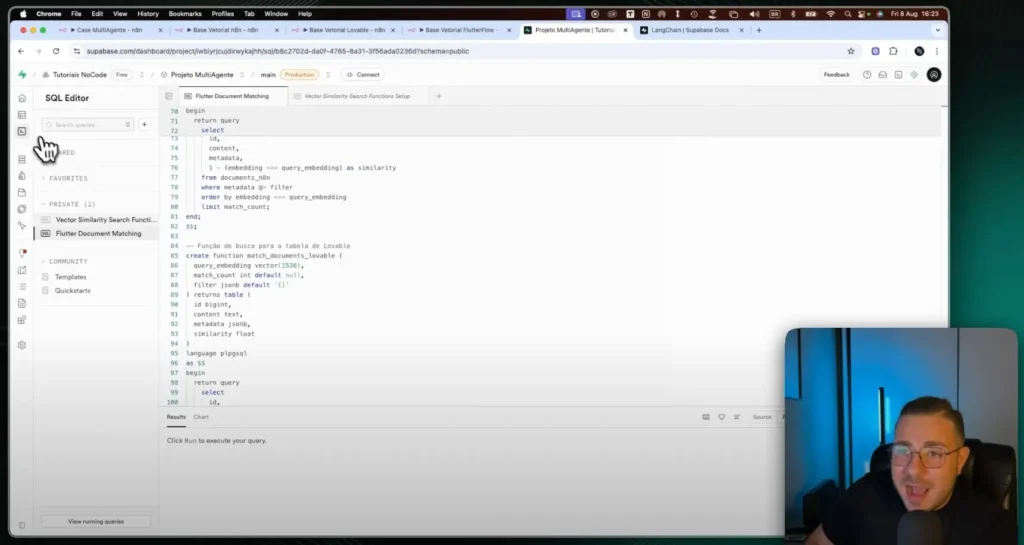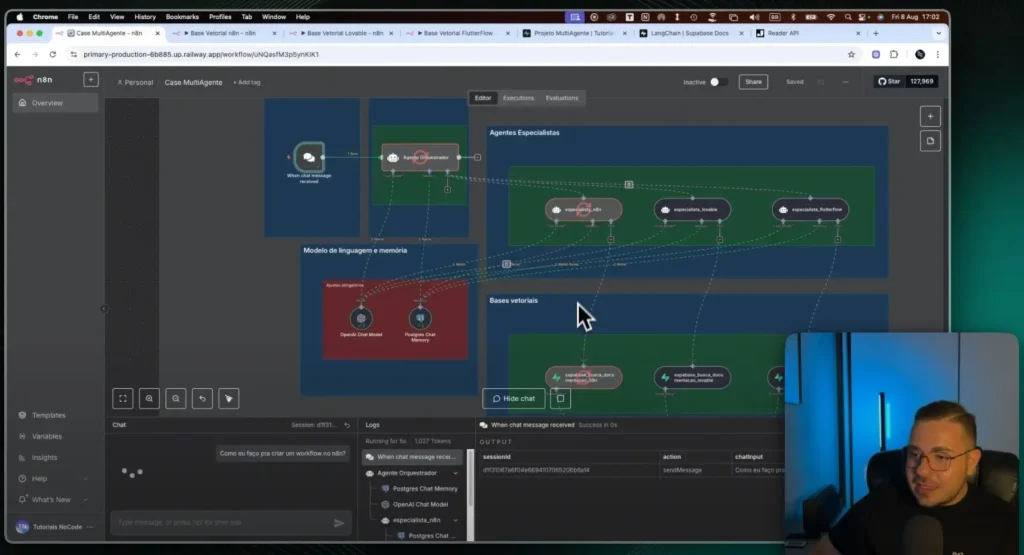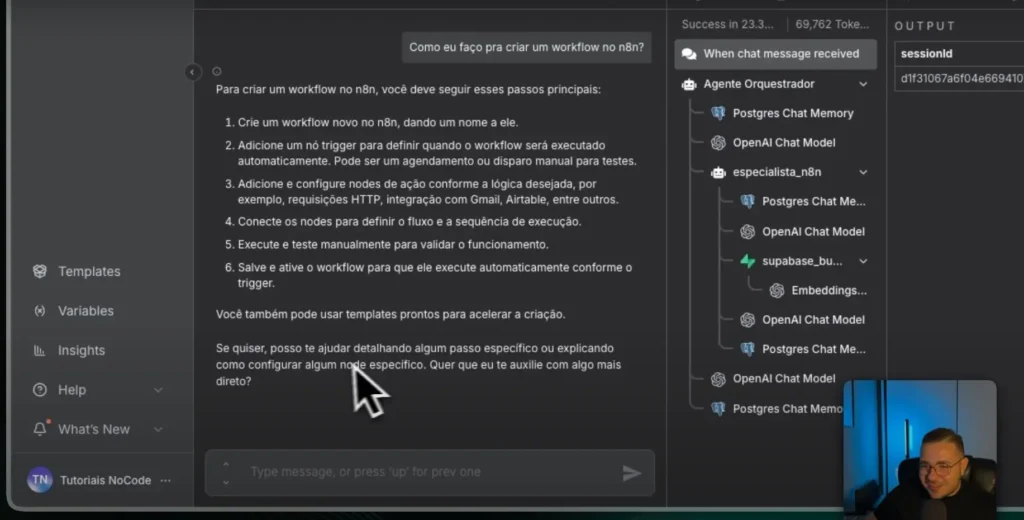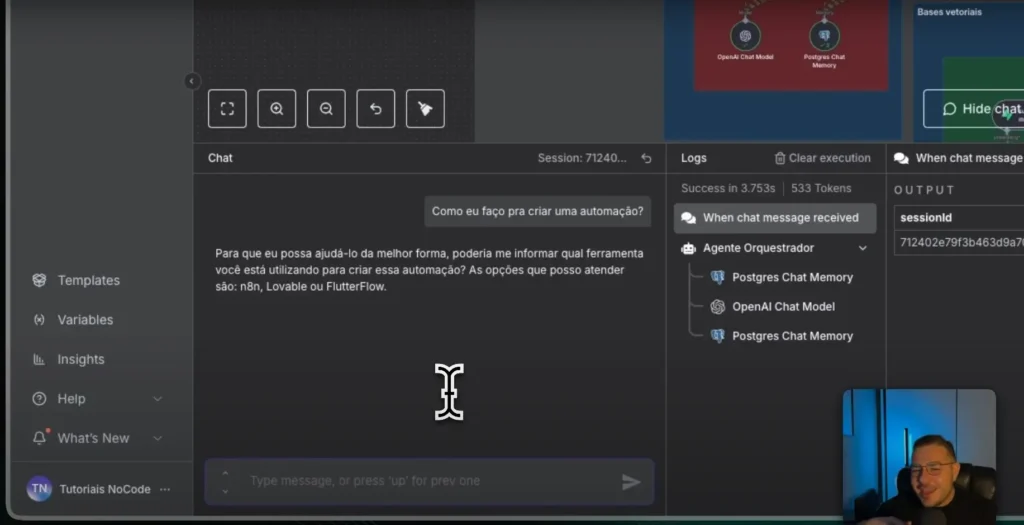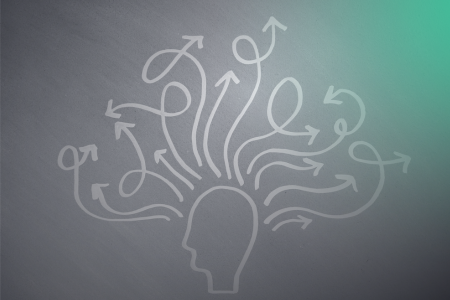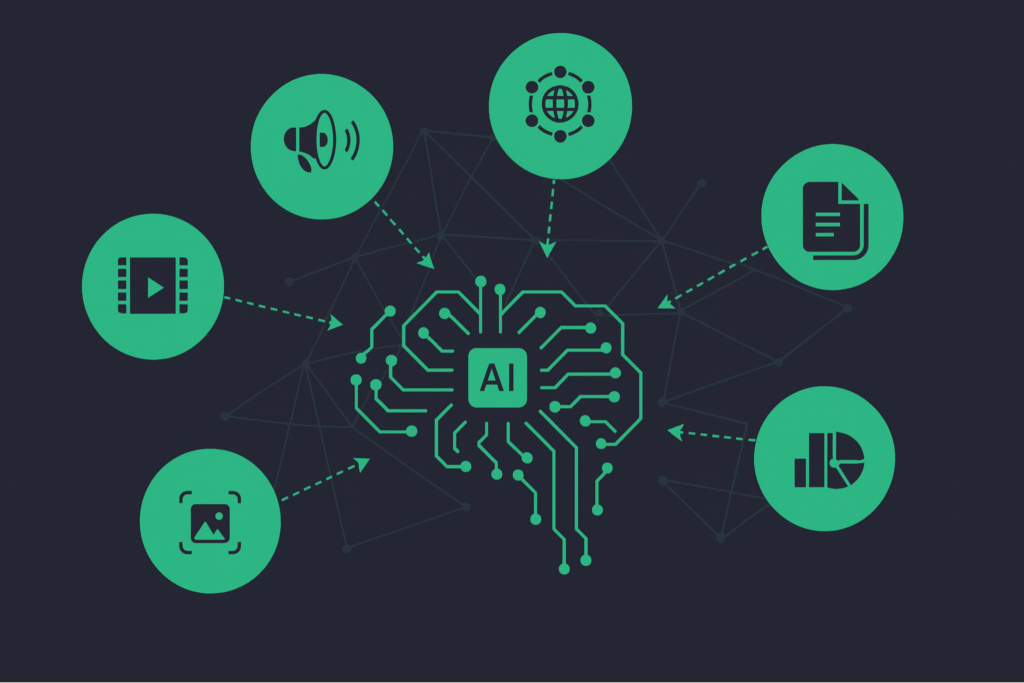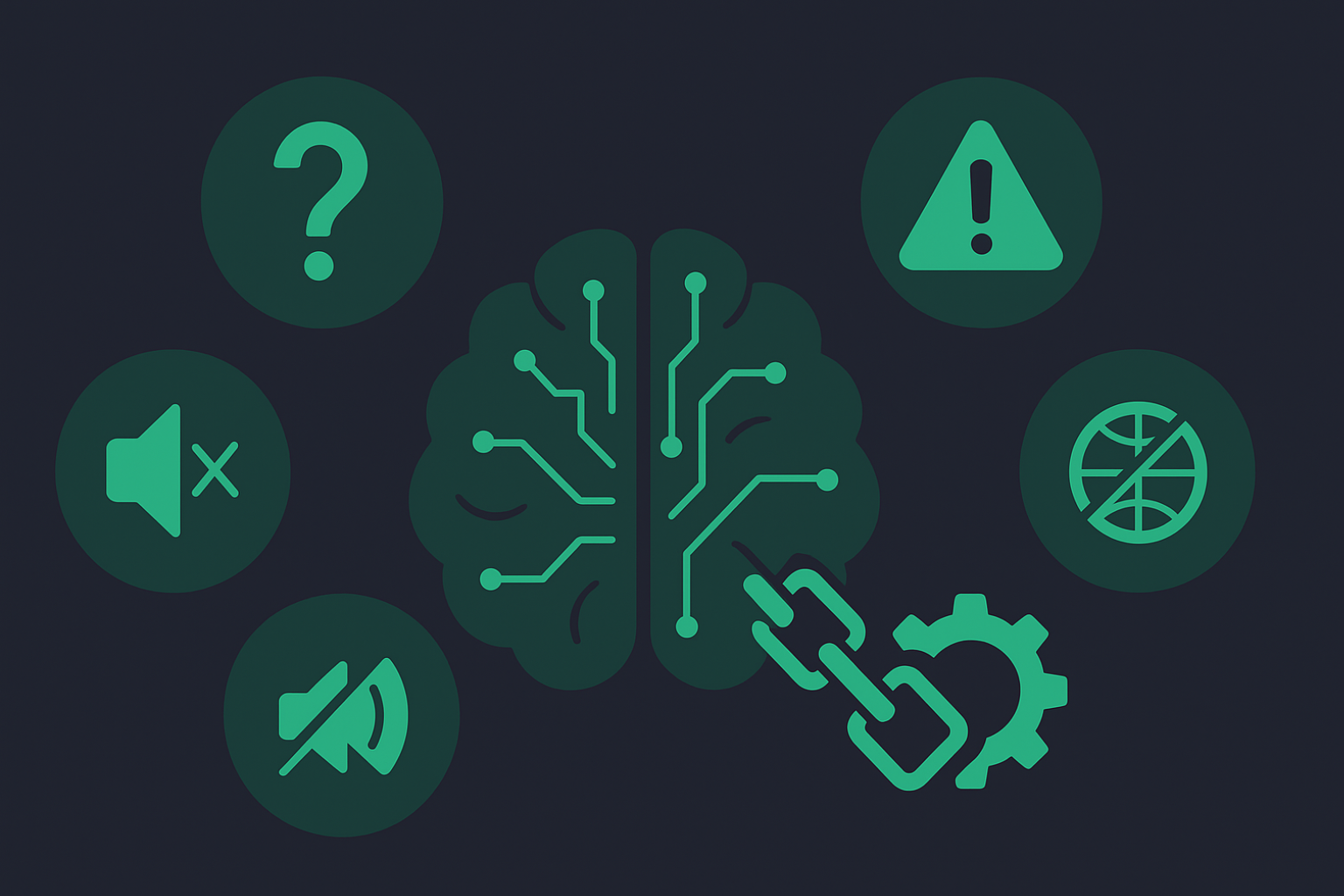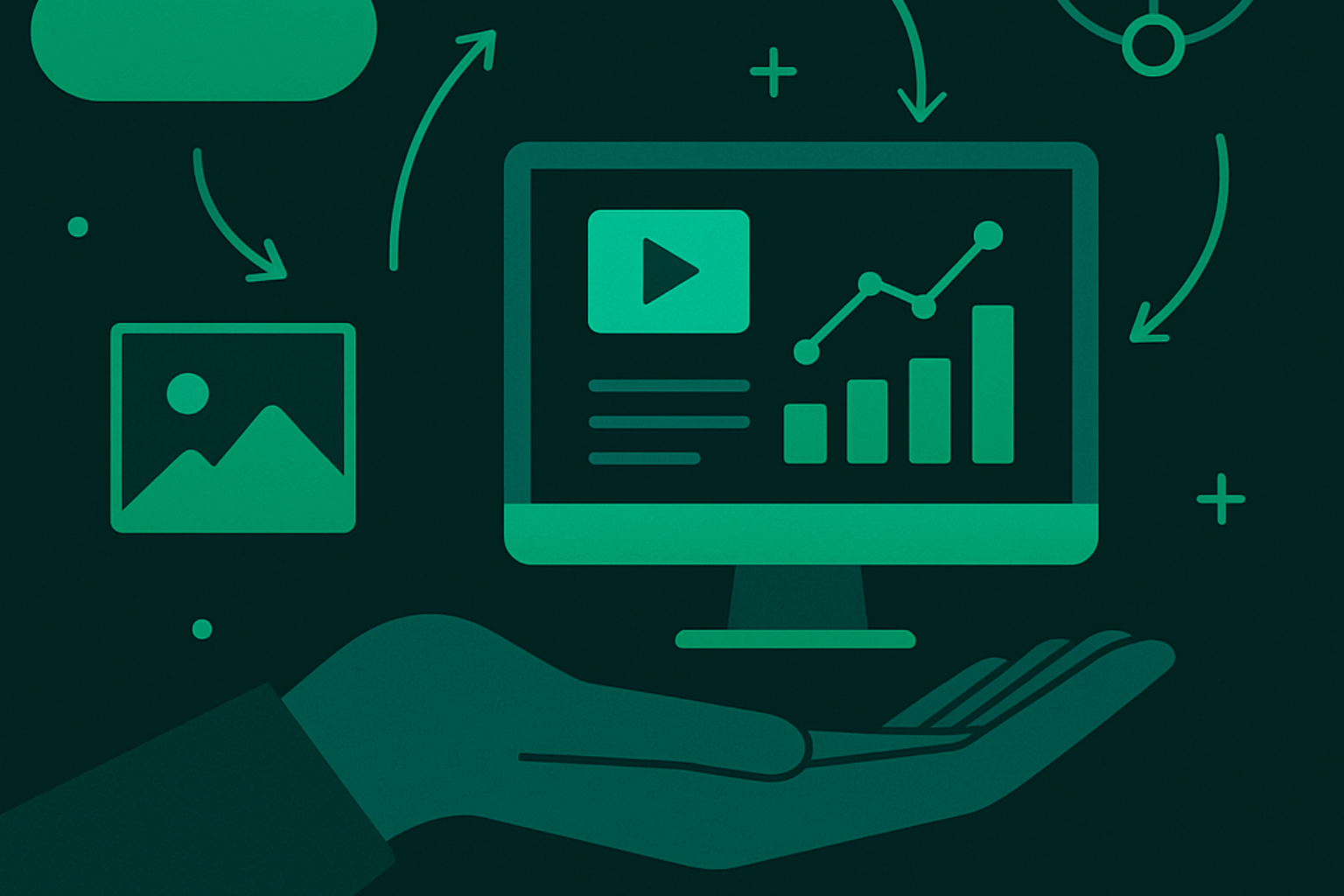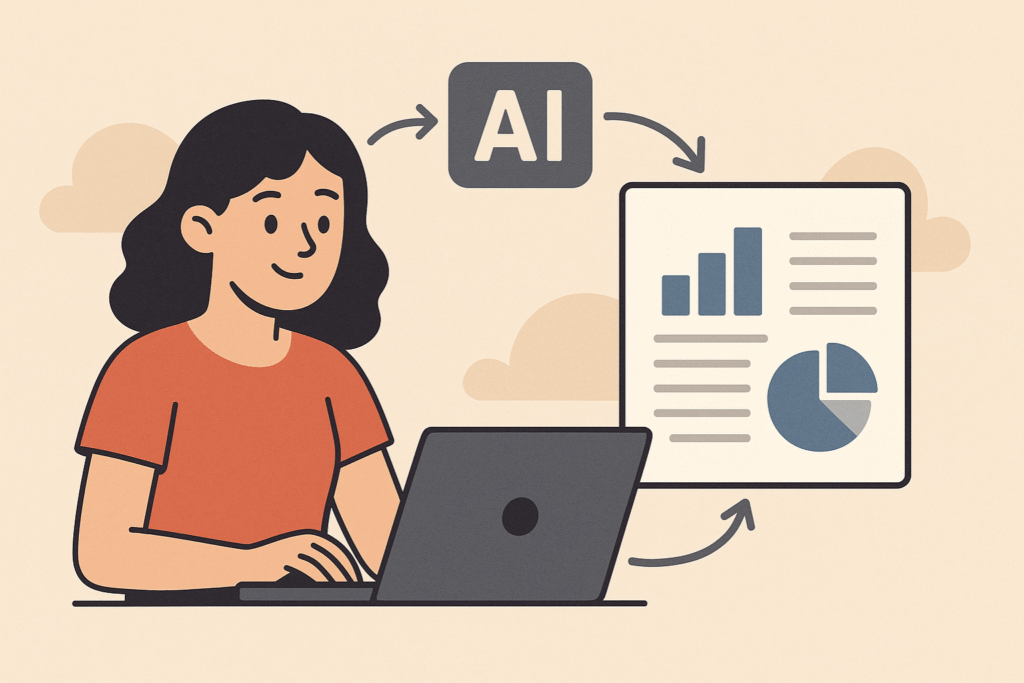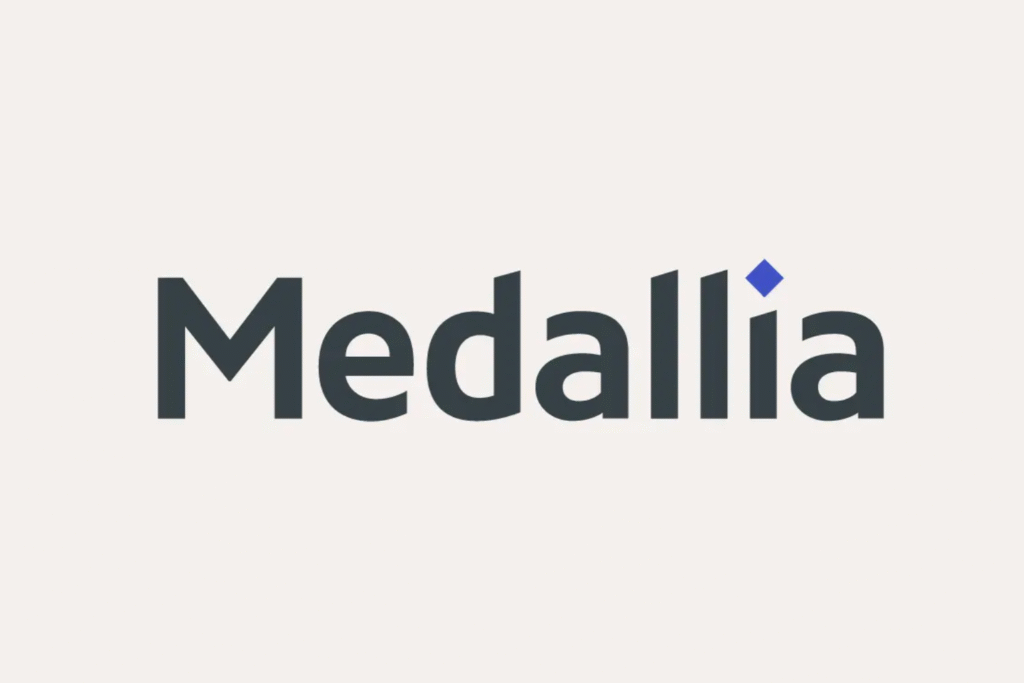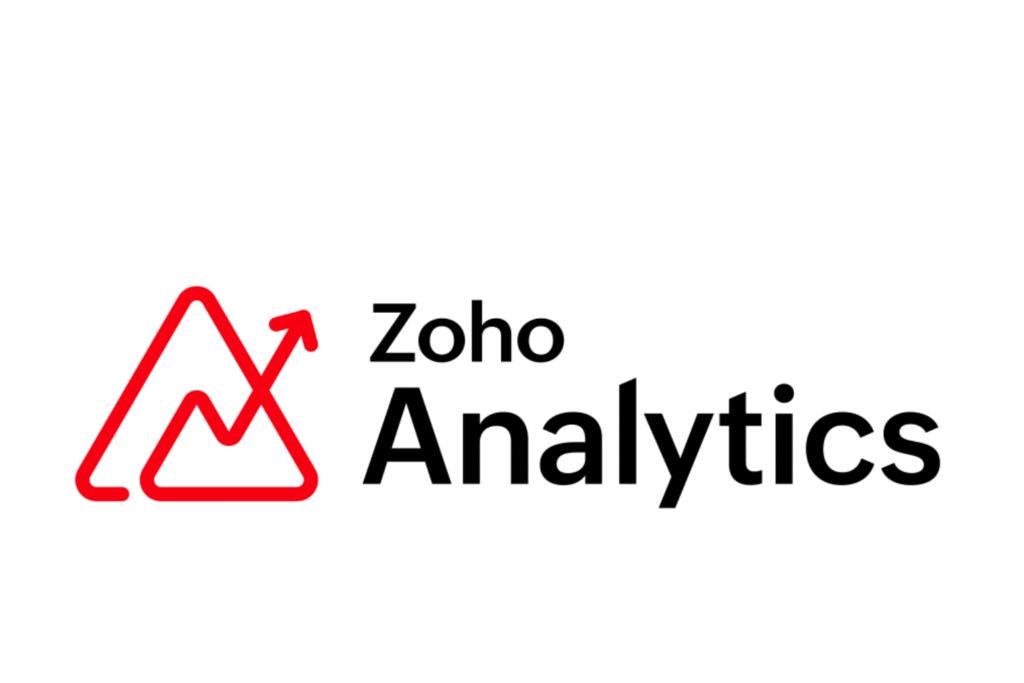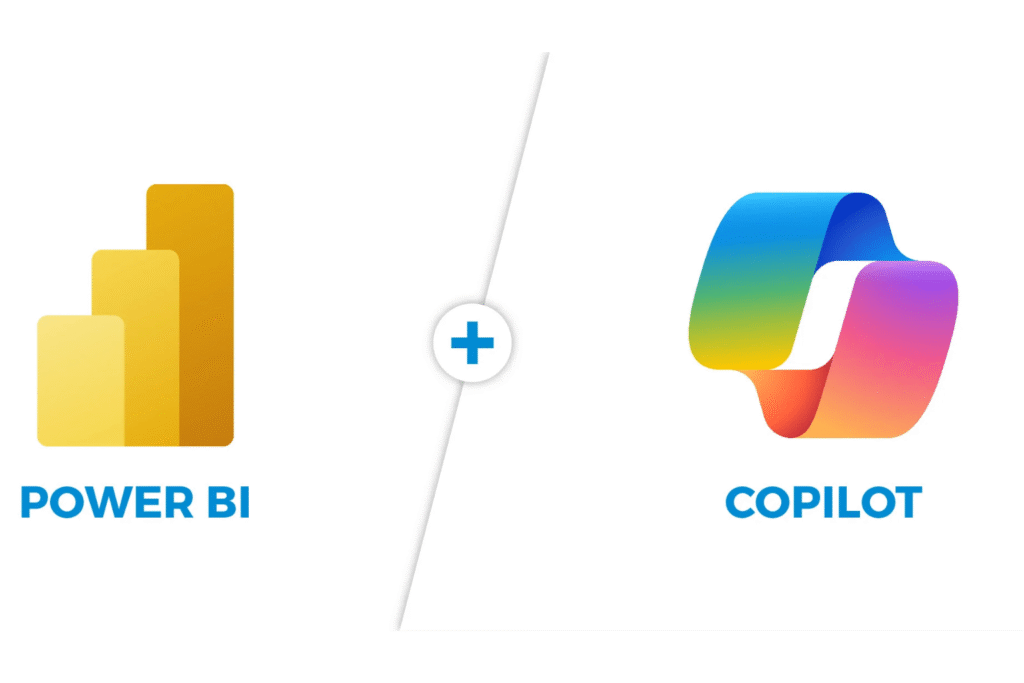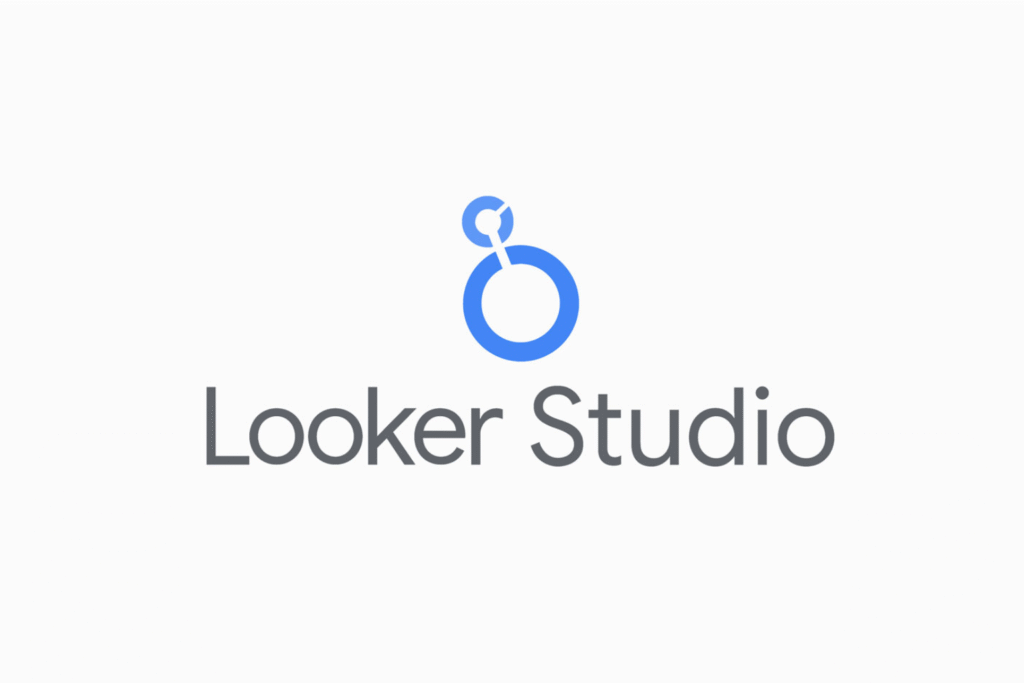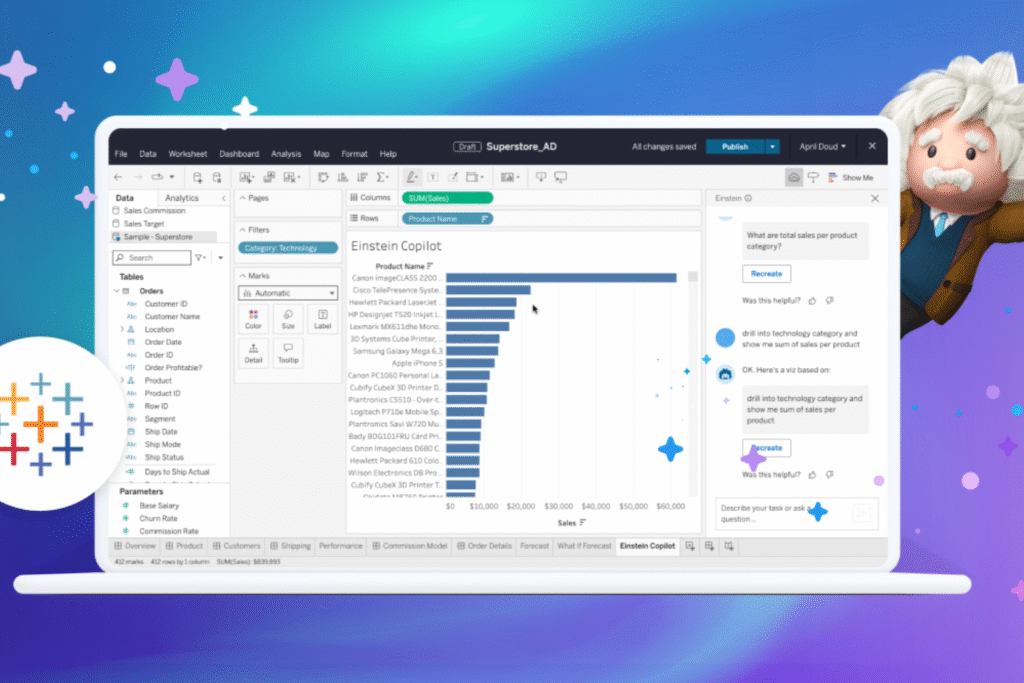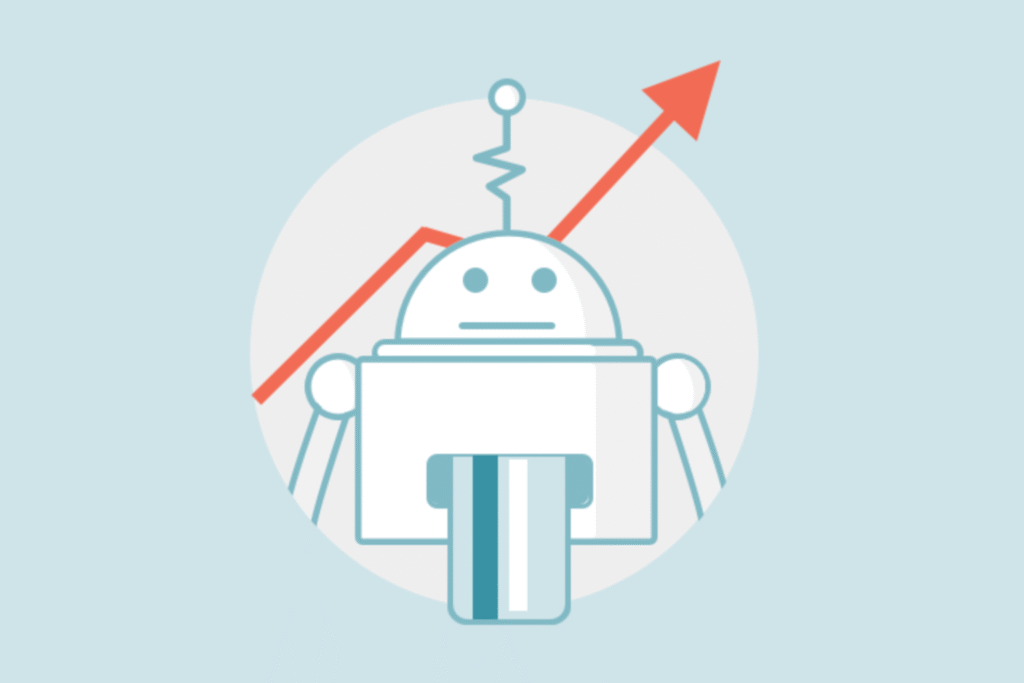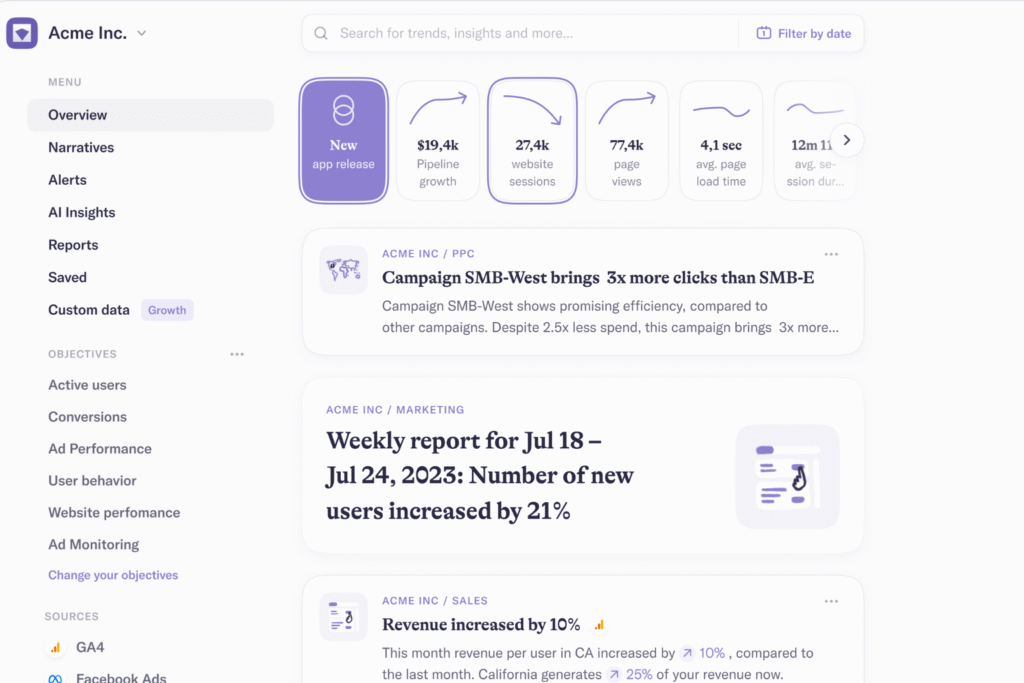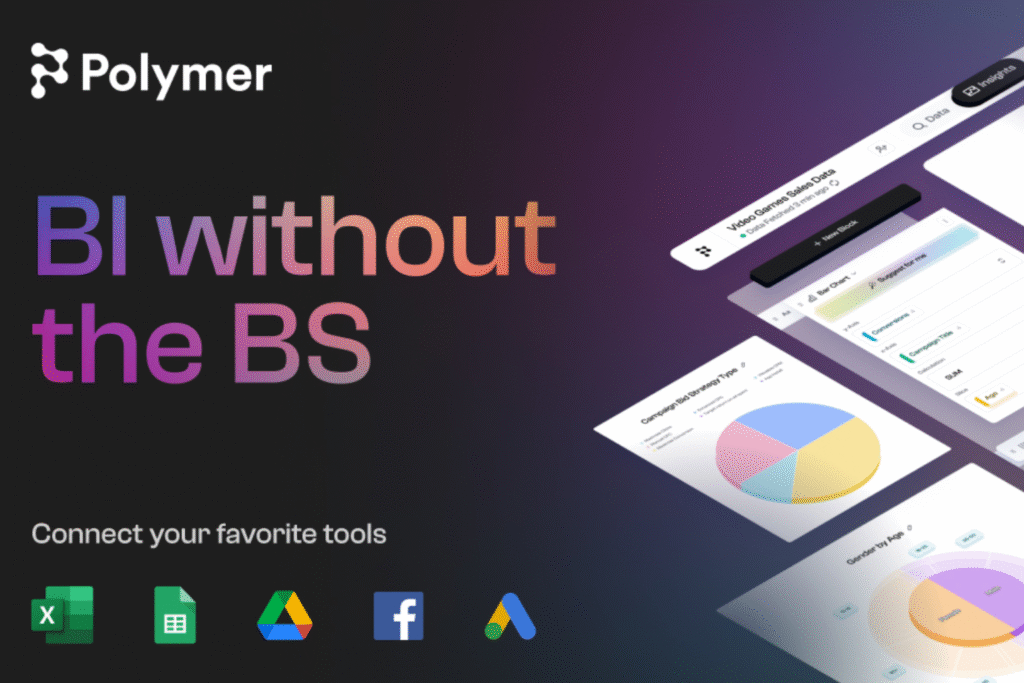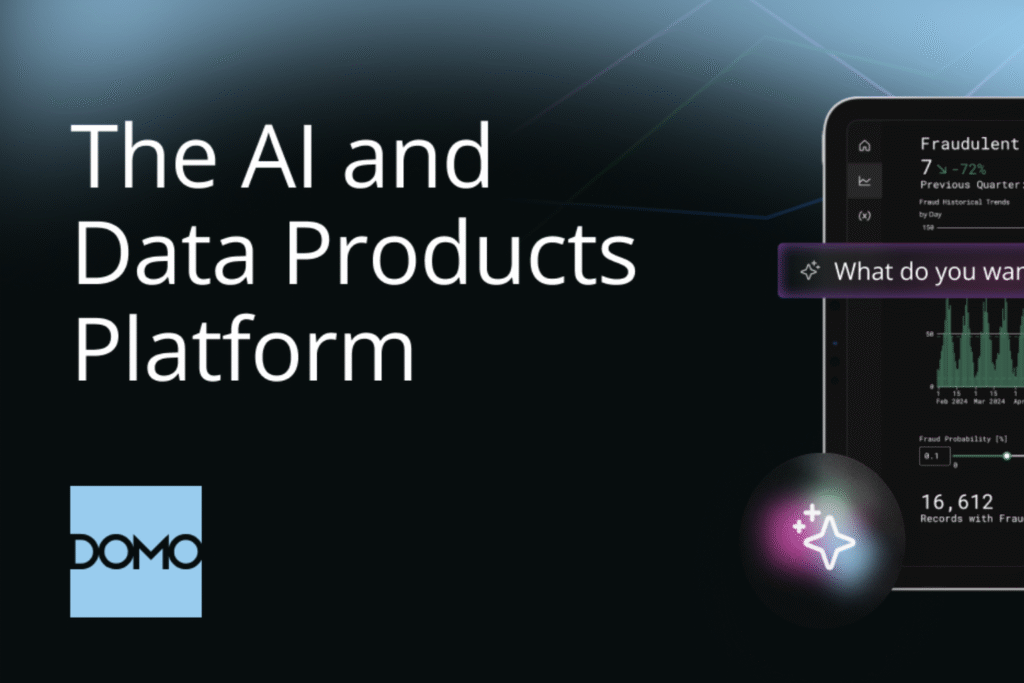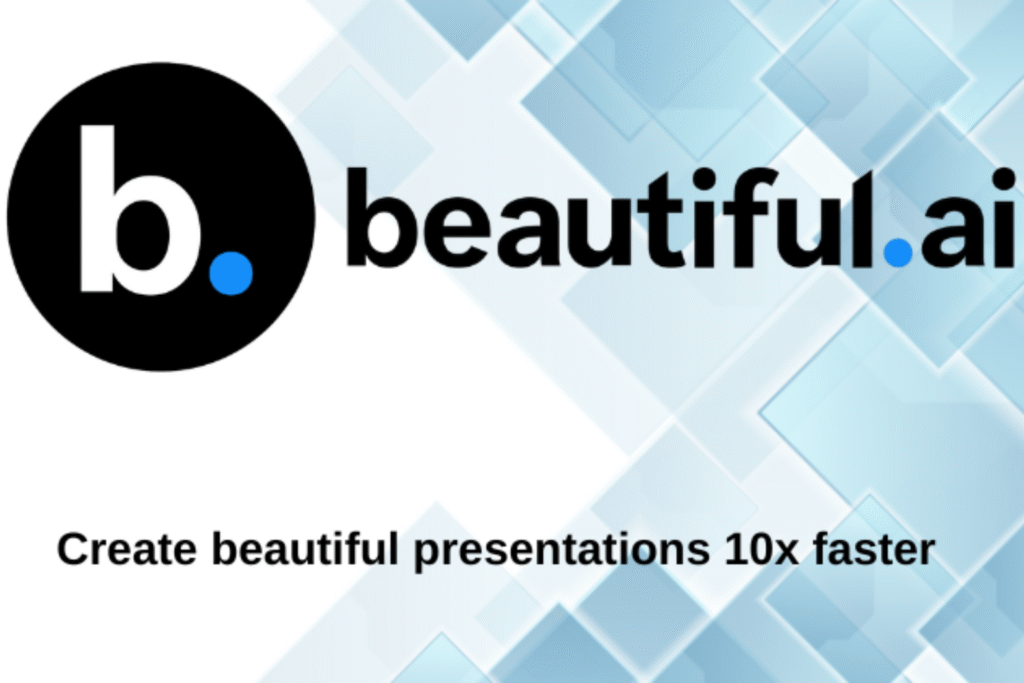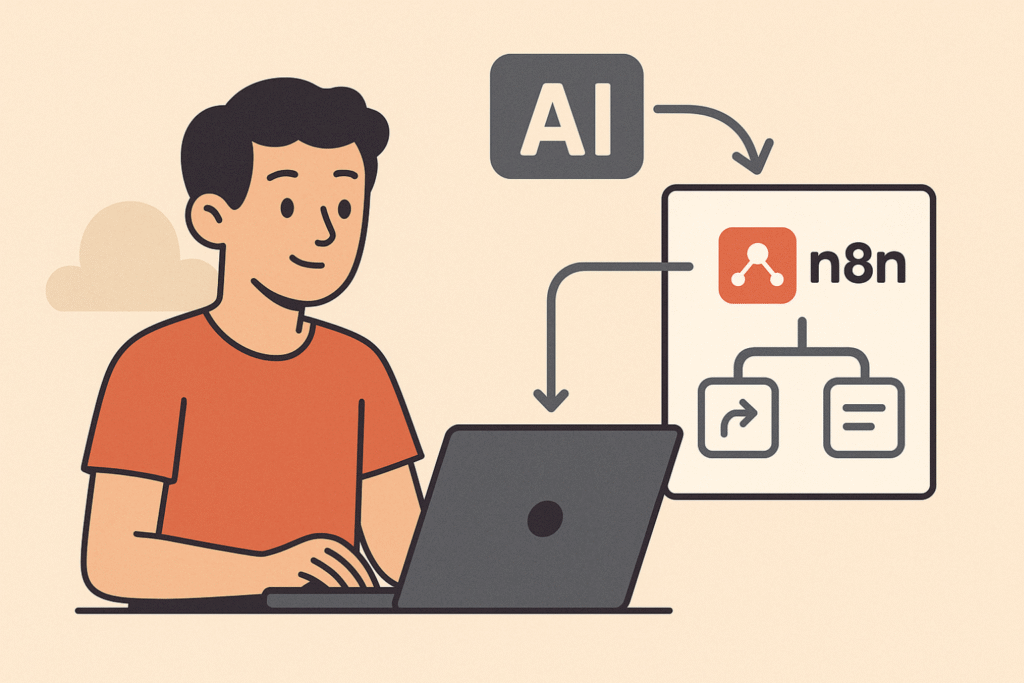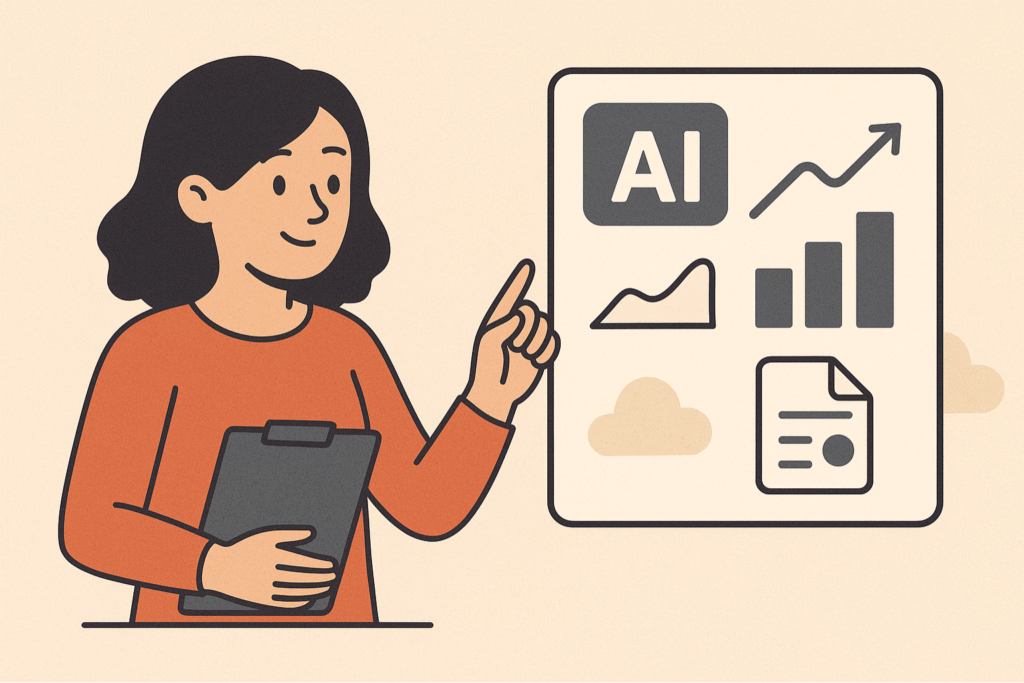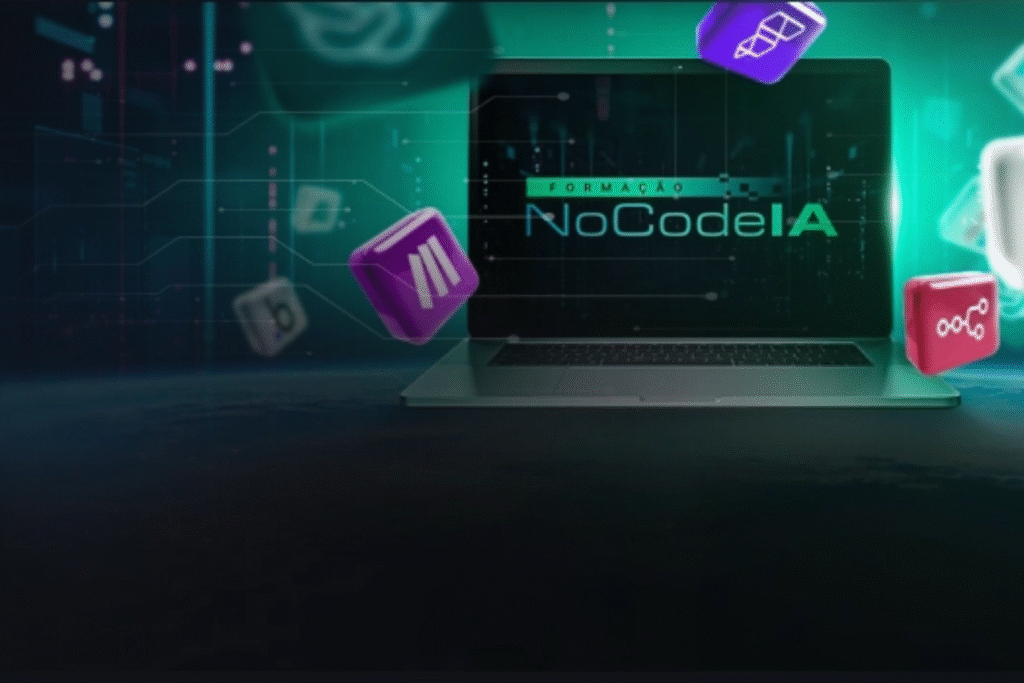Estimated reading time: 8 minutes
In the era of digital transformations and instant communication, companies are constantly seeking tools that can streamline operations, enhance user interactions and drive growth. One such tool, emerging as a game changer, is the AI chatbot.
But why settle for ready-made solutions when you can create a custom solution for your unique needs? If you've ever thought about the idea of creating your own AI chatbot, you're in the right place.
Why creating an AI chatbot is important
In today's fast-paced digital landscape, AI chatbots have carved out a distinct and impactful niche. From simplifying tasks to personalizing user experiences, they have become an essential tool for many modern businesses.
The emergence of large language models
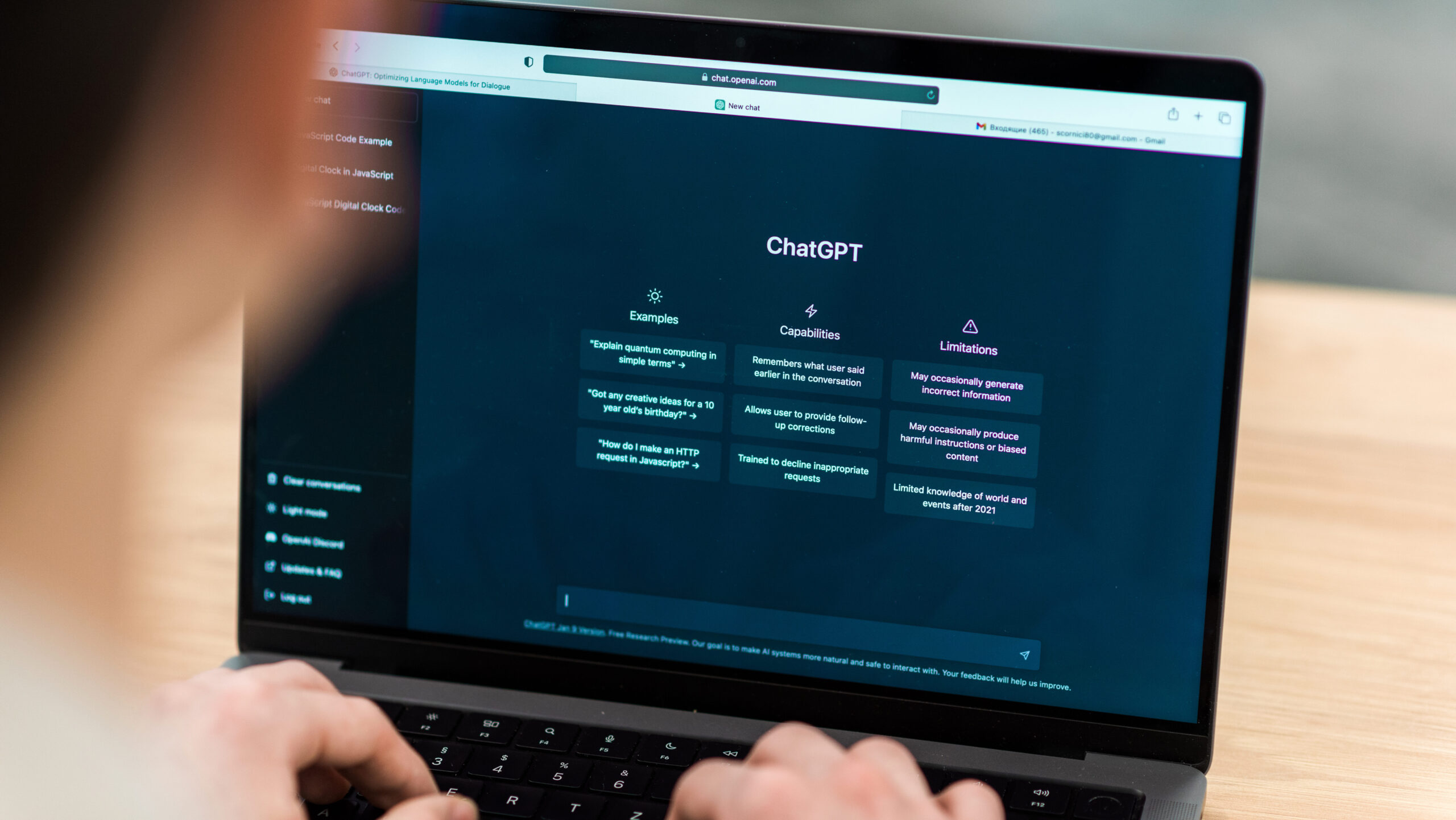
Advancement in the world of artificial intelligence is not just limited to virtual assistants or basic chatbots. One of the most innovative developments in recent years has been the emergence of large language models, with ChatGPT leading the charge. Check out some features that make having a chatbot important today:
- Superior Conversational Skills: Unlike traditional chatbots, which often work on scripted responses, great language models are designed to understand context and generate human-like text. This leads to more organic, coherent and contextually relevant conversations.
- Versatile Applications: While chatbots generally have specific functions, language models like ChatGPT can be adapted for a multitude of tasks, from content generation and help with programming to assistance with creative processes like music or art.
- Continuous learning: Based on the foundation of machine learning, these models learn and evolve with each interaction. The large amount of data they are trained on allows them to tackle a wide range of topics and queries, often surprising users with their depth of knowledge.
- Empowering creators and businesses: With tools like the ChatGPT API, developers and companies can integrate the power of large language models into their platforms. Thus, this allows the creation of chatbots, custom apps or tools which are backed by the intelligence and versatility of models like ChatGPT.
Understanding the fundamentals of chatbots
As we move forward in building our own AI chatbot, it is critical to understand the fundamental concepts behind chatbot technology. A chatbot's functionality, responsiveness, and intelligence are shaped by underlying technologies such as Natural Language Processing (NLP) and machine learning. So, let's demystify these concepts.
What is Natural Language Processing (NLP)?
Natural Language Processing, often abbreviated as NLP, is a fascinating intersection of linguistics and computer science. Its main goal is to enable machines to understand, interpret and generate human language in a way that is meaningful and valuable.
Therefore, for anyone looking to build their own AI chatbot, understanding NLP is crucial. Here's why:
- Understanding: At their core, chatbots must understand user queries. NLP allows chatbots to analyze and interpret the intricacies of human language, be it slang, idioms, or even typos.
- Contextual answers: NLP ensures that chatbots aren't just spitting out pre-programmed responses. So instead, they understand the context, ensuring the user receives a relevant, context-aware response.
- Continuous learning: As users interact, chatbots learn new phrases, slang and patterns, refining their linguistic capabilities and ensuring they stay up to date with evolving language trends.
Building Your Custom AI Chatbot: Step by Step
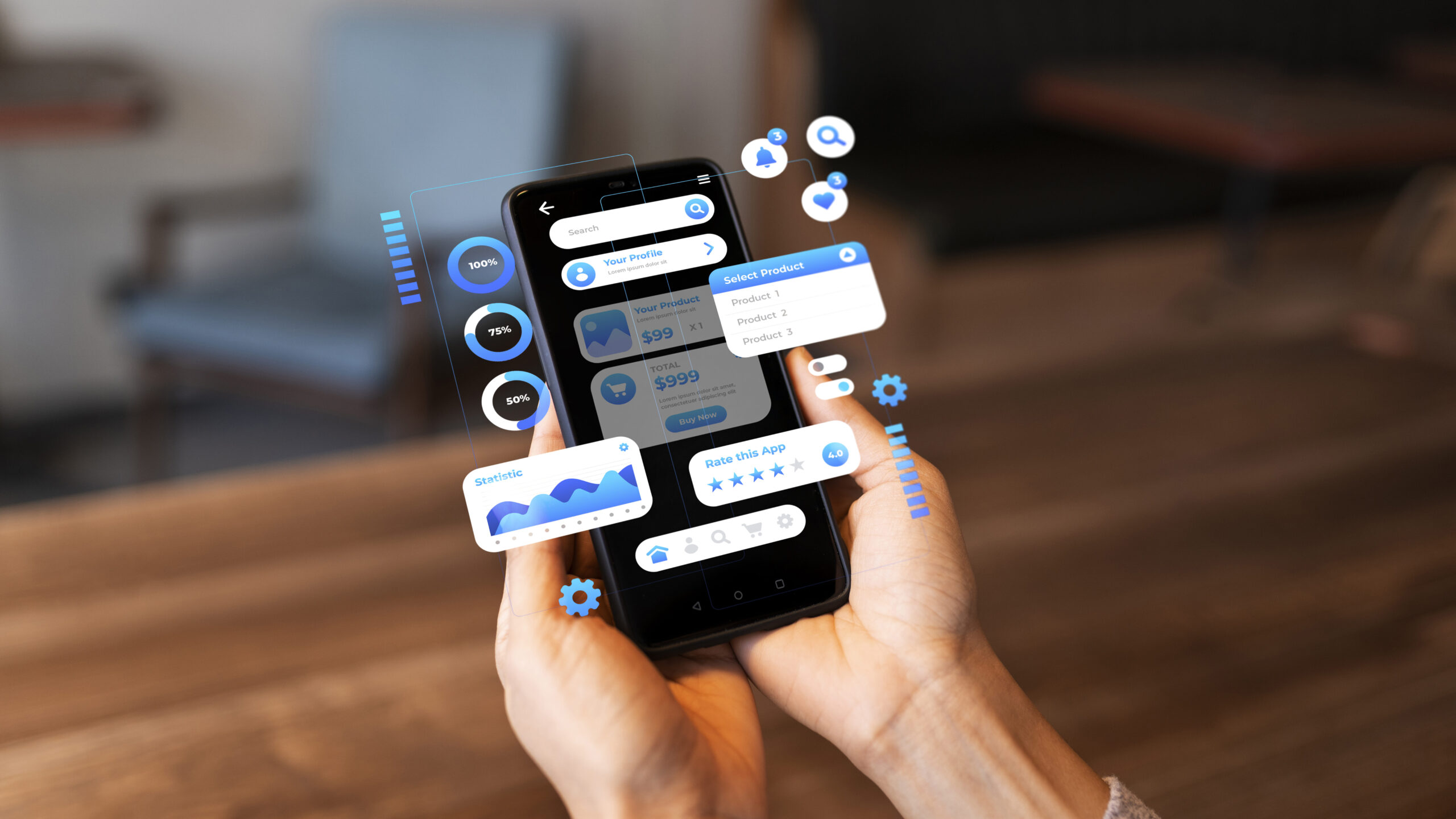
Taking the leap to building your own AI chatbot can seem daunting. However, breaking it down step by step can simplify the process, ensuring your chatbot is efficient and effective. We will guide you.
- Starting with a clear purpose: Define your bot's role.
- Identify the need: Why do you want to build your own AI chatbot? After all, is it to improve customer service, boost sales or provide information more efficiently?
- User Experience: Understanding your target audience’s needs and preferences will shape the chatbot’s design and functionality. Thus, ensuring that it meets your expectations and improves your experience.
- Scope of operation: determine the depth and breadth of questions your chatbot will handle. Because, narrowing down your area of expertise guarantees better and more accurate answers.
Configuring your bot's initial responses
This is where the magic begins, and leveraging the right tools and platforms is crucial:
- Using the ChatGPT API: For those looking to create custom chatbots without starting from scratch, the ChatGPT API offers a powerful solution. So, by integrating it into your platform, you gain access to one of the most advanced language models. This API assists in crafting initial bot responses that are contextually aware and human-like.
- Creating responses: Whether you're leveraging the ChatGPT API or another tool, it's essential to provide a variety of responses. So, think about possible questions your users might ask and ensure your chatbot can handle them effectively.
- Continuous learning: incorporate AI algorithms and machine learning to ensure your bot is not static. Therefore, he must learn from each interaction, refining his responses over time.
Iterative testing and refinement
A chatbot is only as good as its interactions. So, testing and refining your bot ensures it remains relevant and effective:
- Beta testing: start with a controlled group of users. Your interactions and feedback will highlight any shortcomings or areas for improvement.
- Feedback integration: Regularly update your chatbot based on user feedback. This iterative process ensures that your bot evolves with the user's needs.
- Performance Monitoring: Use analytics to monitor your chatbot's performance. Metrics such as user satisfaction, response time, and accuracy will guide further refinements.
Best practices for implementing and managing your chatbot
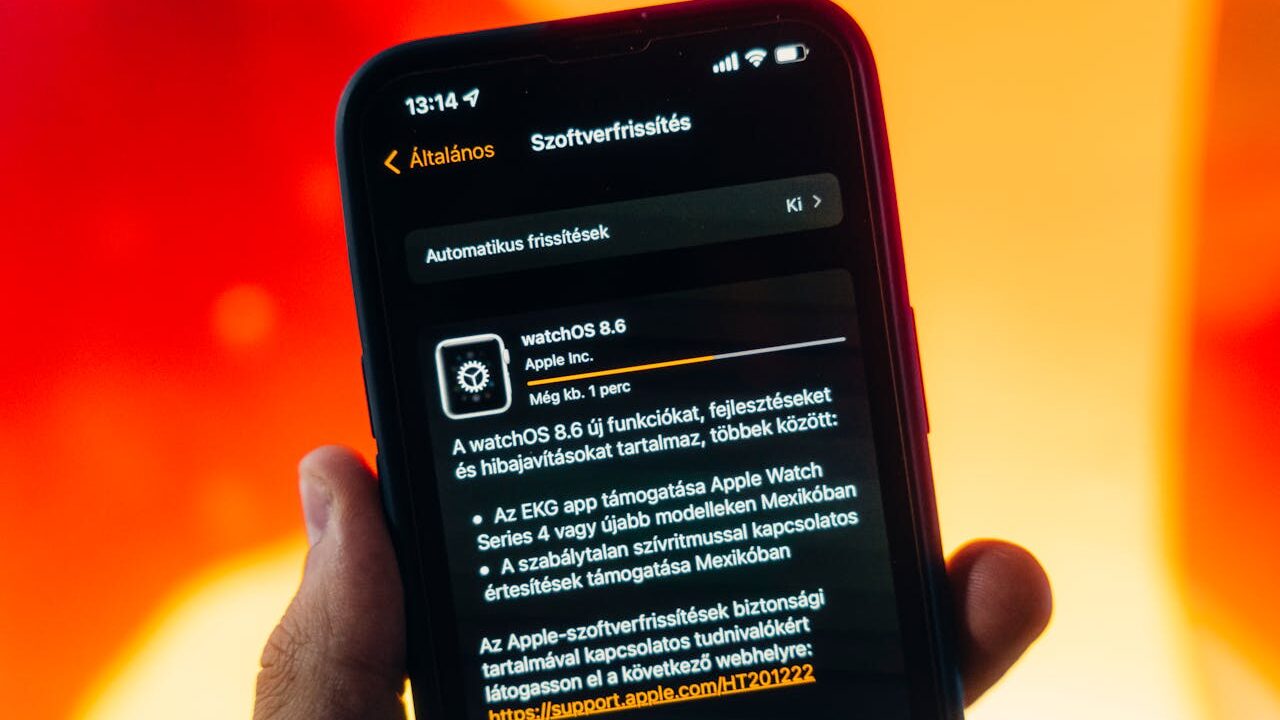
Implementing your chatbot is just the beginning. Ensuring it operates smoothly and remains effective requires ongoing management and adherence to best practices. So here's how to keep yours up to date and relevant:
- Regular Updates: continually update your chatbot’s knowledge base. After all, this ensures it stays relevant with changing trends, user queries, and business updates.
- User Feedback: regularly collect and analyze user feedback. This provides insights into areas for improvement and helps you refine your chatbot’s performance.
- Retraining: Periodically train your chatbot with new data as this keeps your machine learning algorithms sharp and responsive.
- Monitor performance metrics: keep an eye on metrics like user engagement, satisfaction scores, and issue resolution rates. After all, these metrics will guide the necessary adjustments and improvements.
Future of AI chatbots
In short, building your own AI chatbot is a transformative step towards improving digital interactions. So, by taking a proactive and informed approach, you can build an AI chatbot that not only meets your needs but also sets the standard for user experience.
So, ready to turn your innovative ideas into a thriving business without writing a single line of code? Join the revolution no-code and kickstart your entrepreneurial journey with us!
